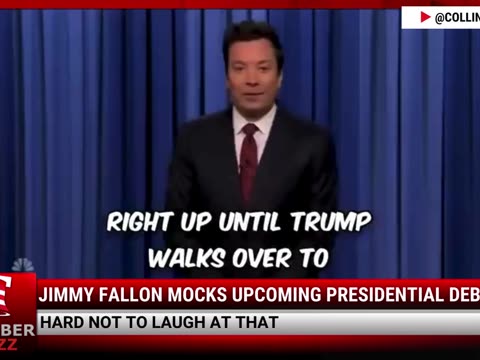The service, which uses strategically placed microphones to detect gunshots and alert law enforcement, has been criticized by left-leaning media in Minneapolis. Alexander Lindenfelser, a law intern at the University of Minnesota’s Legal Clinic, argues that the system disproportionately affects black communities, who are three times more likely to reside in areas covered by ShotSpotter.
The city of Minneapolis has been using ShotSpotter for two decades, investing $2.2 million in the technology since 2007. The service is currently in use in 140 cities nationwide. Minneapolis, with a population of 425,000, is 60% white and 18% black.
WATCH: THE FASCINATING STORY OF BRIDGETTE GABRIEL![]()
Despite the city's high crime rates, including recent indictments of gang members for violent felonies, critics argue that the system promotes discriminatory policing. Minneapolis, like many major cities, has seen a surge in violent crime, which some attribute to lenient criminal justice reforms. These reforms include lighter sentences for criminal defendants, low or no bonds leading to court no-shows, and early release from prison sentences.
WATCH: JIMMY FALLON MOCKS UPCOMING PRESIDENTIAL DEBATE![]()
The debate over ShotSpotter was reignited when Lindenfelser submitted a draft of his law review article to the City of Minneapolis for a “Racial Impact Equity Analysis.” The legal test for racial impermissibility in a government program is whether it disproportionately impacts a specific racial group, a theory stemming from the 1971 Supreme Court case, Griggs v. Duke Power Co.
May 04, 2024
ShotSpotter, installed by California-based parent company SoundThinking, places 20 to 25 microphones per square mile in secret locations within cities. Leaked data suggests these locations often include elementary schools, billboards, hospitals, and public housing complexes. The system uses AI algorithms to distinguish gunshots from other sounds.
FROM COAST TO COAST: DO YOU LIVE IN ONE OF AMERICA'S FASTEST-GROWING CITIES?![]()
Critics argue that ShotSpotter is a significant step towards a surveillance state, granting the government the power to passively listen to public conversations. Despite the company's insistence that it only captures gunshots, recordings of conversations have been used to solve crimes. Concerns have also been raised about the system's accuracy rate, although the company and some research suggest a 98% accuracy rate.
TULIPS AND HIGH HOPES: THE BIZARRE BOTANICAL MIX-UP AT WISCONSIN'S CAPITOL!![]()
The American Civil Liberties Union has criticized ShotSpotter for its alleged racial bias, despite not objecting to the potential privacy violations. In most jurisdictions, discharging a firearm within city limits is a crime, with gunshots typically registering between 140-190 decibels.
TRUMP STAGES HUGE RETURN TO NEW YORK, SEE WHERE, WHEN AND HOW!![]()
SoundThinking, which generates $96 million in annual revenues, has yet to respond to requests for comment. Calls to the Minneapolis City Council and Minneapolis Police Department also went unanswered.
Law Enforcement Today reports that Minneapolis, the epicenter of the unrest following George Floyd's death in 2020, is considering eliminating ShotSpotter technology. The city's contract with ShotSpotter expired in March, and critics argue that the technology is ineffective and promotes discriminatory policing.
DIVIDE IN TRUMP LAND? A THIRD OF HIS OWN VOTERS BREAK RANKS OVER NYC LEGAL DRAMA![]()
ShotSpotter is an automated acoustic gunshot detection system that immediately notifies law enforcement of gunfire incidents, which the company claims go unreported 80% of the time. The system uses microphones, a machine-learning algorithm, and human evaluators to detect gunshots and alert law enforcement to their location.
Proponents of the system, including law enforcement officials, argue that the technology helps officers more accurately determine the location of gunshots and respond more quickly. However, activists argue that the system's potential for discriminatory policing outweighs its benefits.








 Discover alternative ideas that will make you think
Discover alternative ideas that will make you think Engage in mind bending debate
Engage in mind bending debate Earn points, rise in rank, have fun
Earn points, rise in rank, have fun


